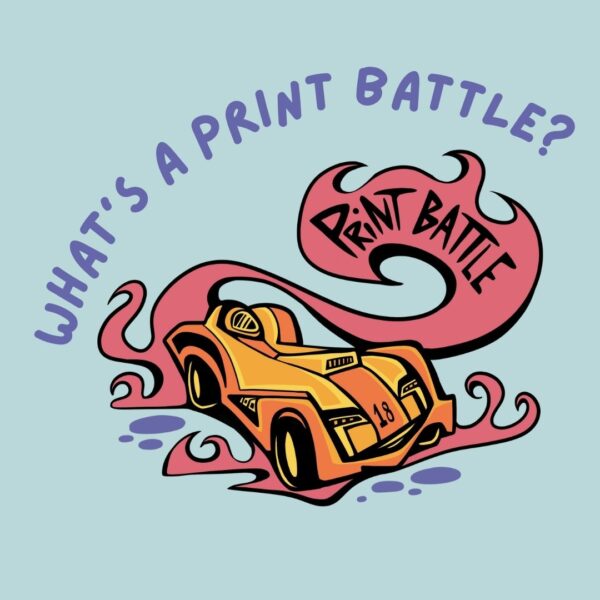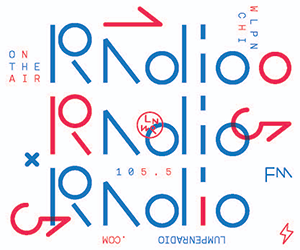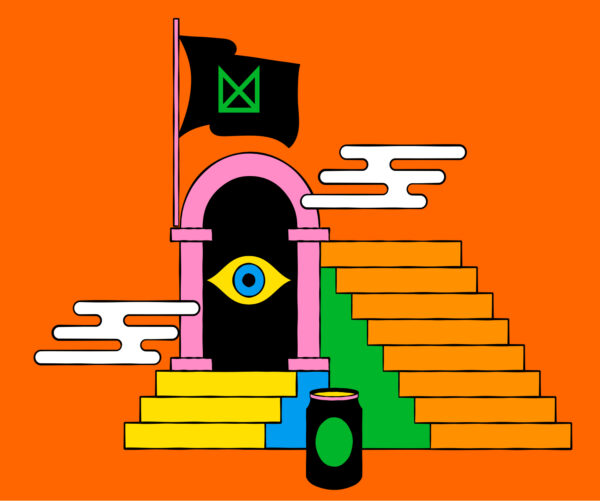Debra Kerr, Director of Chicago’s newly christened “Intuit Art Museum,” contends enthusiastically that “art can be made anywhere by anyone.” If so, it raises a question about criteria for collecting and exhibiting. Surely there are formal patterns and content connections that curators observe and find more worthy of museum status than others. But what is the key to predicting that status? As it turns out it’s embedded in an elaborate work in progress that includes a select under-recognized 90-year passage of uncertified artists that reflect issues of identity and acceptance in their community and by the art culture in Chicago. Establishing more plain criteria for intuit art is challenging because the form and content of such art production can be both paradoxical and inclusive. Experiences of outsider artists launching and occupying space in Chicago are synergistic, having a complex of effects that are more than the sum of their parts. One also has to consider the likelihood that there is an “intuit code,” as complex as contemporary fine art, yet to be encrypted.
Anthropologist/philosopher Claude Levi-Straus observed that languages of remote South American villages were as structurally sophisticated as the documented tongues of so-called advanced societies. Most untrained artists are certainly not that distanced from current art trends and patterns but there are barriers, some intentional and some not, that produce only partially translated iconography. Choices made as curators and documentarians result from being trained to find commonalities and analogous structures in fine art or mainstream culture. If outsider art has value, however, it’s not just because it coincides with a familiar style but that there is a dynamic blend of psychosocial and physiological resonance embedded in all experimental visualization – which would mean that “anyone” may in fact be capable of art if there is a supportive infrastructure – like Director Kerr’s institution and leadership.

Maria Enriquez de Allen, “Deer Skull” c 1984, Mixed media, 10 3/4 X 6 1/2 X 1 1/2 in. Collection of Maria Castillo
Being as much a research center, and resource library, the freshly titled “Intuit Art Museum,” is distinguished from other art centers, galleries, particularized collections, or institutions devoted to individual artists. The museum is more typical of dedicated contemporary and historical, museums, because of a distinctive collection and curatorial objective. Research departments generally distinguish museums and galleries thriving in smaller academic settings because of grant obligations and pedagogical goals. The IAM’s goals also distinguish it from contemporary galleries because historical and contemporary are not deemed displaceable.
If one has to categorize art, there are numerous more relevant co-classifications for outsider or vernacular art such as rural, urban, indigenous, trans-national, non-binary, etc. and these apply to segments of almost all contemporary art forms. Self-taught artists do not automatically see themselves as antagonistic to contemporary art but the artworld often defines them by their absence of theory and comfort with otherness. Untrained artists, it appears, work entirely in a foggy realm of disciplinary overlap.
“Catalyst: Im/migration and Self-taught Art in Chicago,” is the first exhibition at the renovated space on Milwaukee Avenue. The vastly expanded museum explores and extends the vision of immigrant struggles from the perspective of works made by Chicagoans outside the mainstream, including those with significant trans-national experiences. The exhibition suggests that the medium of untrained and un-sponsored art itself is analogous to having immigrant status, or are at the very least, a migratory one within the artworld.
Outsider or vernacular art was for much of the 20th century, considered merely adjacent to “serious” Western art. The exhibition reminds us that rural outsider art that was cultivated in the midcentury Midwest and the South gradually spawned a more psychological urban-based profile informally invested in wood, clay, domestic architecture, quilts, and various materials that will esteem narrative. It was art that many condescended as awfully retro despite prefiguring strains of 70’s painting like Imagism and neo-primitivism. Its travelled identity bounded a path from rural subsistence, to urban modest, and later to suburban with growing patronage.
The IAM makes a case for art that’s an alternative to the Modernist obsession with novelty and progress, and acknowledges the logic that one side of Modernist debate proposed – the free condition of demotic art. Here aesthetics and iconoclasm were securely united. Anti-elitist and anti-classical aesthetics ironically position vernacular art in compliance with the avant-garde as a peoples art, folk art, and Art Brut with multiple forms of handmade devotional objects as well as kitsch examples of such.

Marva Lee Pitchford-Jolly, nd, Ceramic sculpture of a Limbless Torso with Mask-like Face, 21 X 5 1/2 X 4in. Collection of DePaul Art Museum
Conditions of intuitive art are congruent with a substantial component of early avant-garde art that drew on ritual-based figuration and pattern-based domestic labor, each with an abstract deduction. Coalescing over a couple of generations in modern art galleries and academies who encouraged a radical, anxious paint formulae, (along with a surrealist one), one finds similar patterns of improvisational imagery and themes among both domains. These are exemplified in Maria Enriquez de Allen’s “Deer Skull and Marva Lee Pitchford-Jolly’s Limbless body or Figure with a Mask-like Face”

Thomas Kong, “Untitled Collage on Packaging Material’ nd Estate of Thomas Kong
One of the most enigmatic crossover examples of work in this exhibition are the canny fragmented collages of Thomas Kong. He would spread his work across the breadth of his convenience store and modified back room which served as an exhibition and collaborative community space. His vogue parody of food packaging materials and graphics were deadpan fusions of proper art contexts and marketing semiotics.
His cutout deconstructions are some of the most radical images in the show. Fragments of photographs and texts are collaged onto plastic substrates that drape hesitantly behind floating symbols. They’re so smart about suspending meaning between refuse and gemstones they double as both visual target and projectile.
Many of the works in this comprehensive survey only subtly reflect the issue of immigration. Of the more striking is the sculpture of Charles Warner who captures the devotional and runs with a particularized craft expression that sustains a muti-colored miniature cathedral model. It’s reflective of the neighborhood of the museum which lies on Milwaukee Avenue, Chicago’s Polish migration corridor. The architecture’s hand-made construction, proportions, and color resonate brilliantly with the compressed proportions of the original’s soaring geometry. The abridged dimensions share the iconic nature of the construction with two other weathered, old world facsimilies.
The work that spoke most eloquently about the anguish of immigration is a vivid example of Mexican American graphic art by Carlos Barberena. His “Exodus” linotype discloses the portrait of a forsaken but heroic mother and barely conscious child in dreadful night flight. The densely carved black and white block print, embellished with an opulent filagree frame, honors those who endure the staggering moral catastrophes on our border.

Carlos Barberina, “Exodus.” 2019, Linocut on Rives paper, 24 x 19in, collection of the artist
His correlated print “The Beast” renders a desolate figure atop a train who’s about to become one more passenger skeleton like those in the background. On her shoulder a ghoul brandishes an hour glass. “The Beast, El Tren de la Muerte” refers to an actual train refugees mount to risk a cryptic border crossing.
The IAM is primarily concerned with discovery, merit, and the consequences of artmaking. Its open deliberative nature of aesthetics, is less a departure. Some would argue that outsider and self-taught art isn’t actually contemporary, focusing as it does on specific crafts and studio art that are place-bound, market-equivocal, and dated. Others would claim that outsider art is equally contemporary and critical, that it transcends chronology, place, media, wealth, even its own narratives. A remarkable thing that’s born out in this exhibition, and the surrounding collection of over 50 years, is that the formal and conceptual language is enduring, rather than representative of a particular trend in a particular time or place. This condition of simultaneity may be the state of many contemporary artists as well, but they weren’t the first to get there.
- Sub-Rural #49, Intuit Art Museum Redux - June 2, 2025
- Sub-Rural #49, Caroline Kent - May 1, 2025
- Sub-Rural #48, Craig Drennen at The Suburban - April 2, 2025




